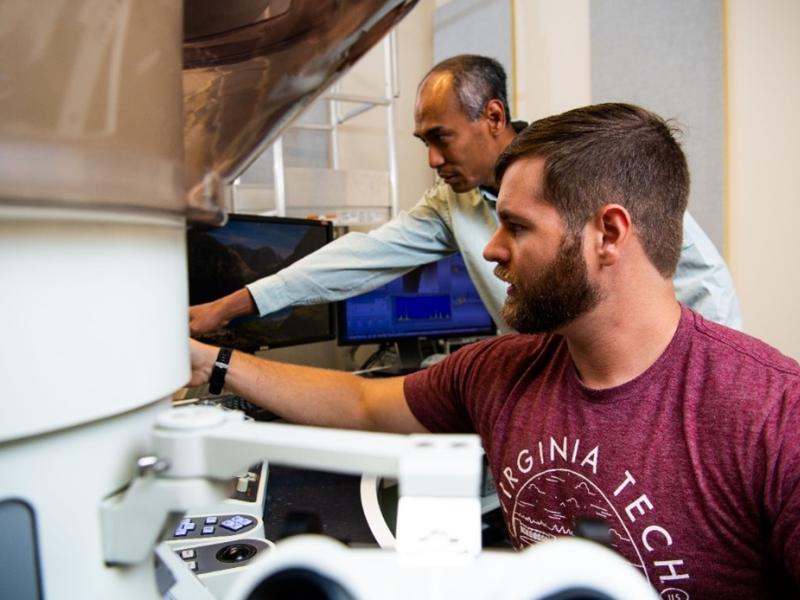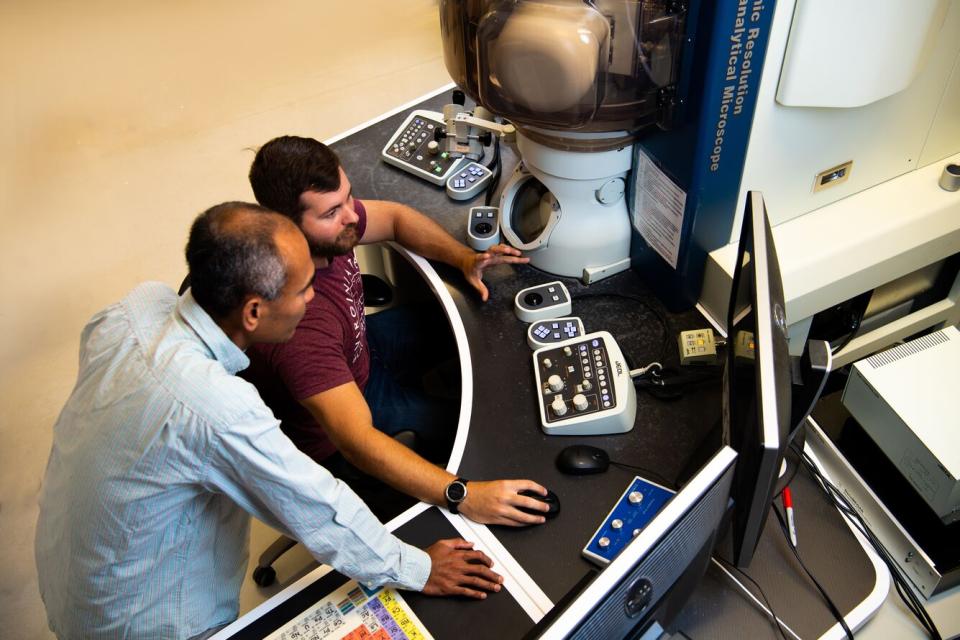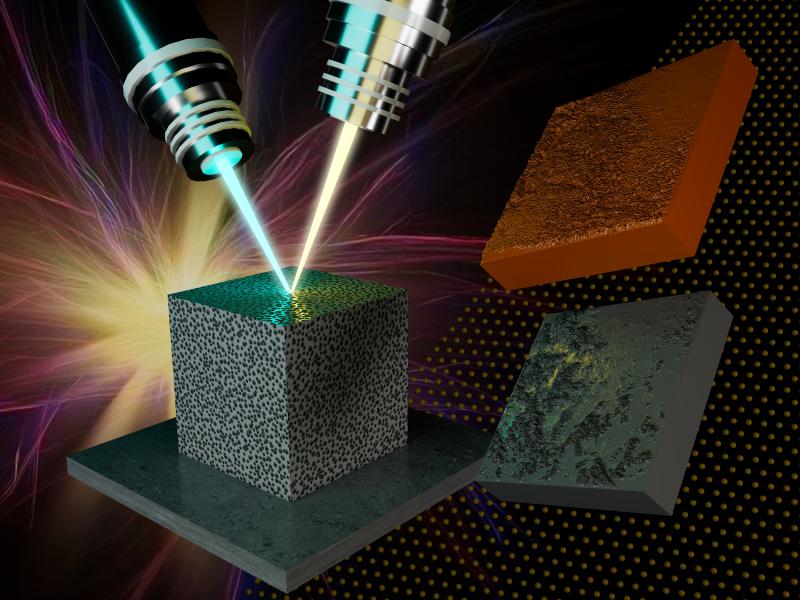
Fusion Energy Science
Fusion Energy Science
Developing materials to
withstand extreme conditions
Developing materials to
withstand extreme conditions
Through fusion, the sun produces light and energy. Fusion energy occurs when two nuclei combine in plasma, forming an entirely new atom in the process. The promise and benefits of this environmentally friendly, carbon-free energy source are enormous. Scientists are working to harness the energy produced by fusion as an alternative form of power generation to produce electricity. For this reason, the pathway to fusion energy is one of the U.S. Department of Energy’s 14 Grand Challenges for Engineering in the 21st Century. Learn more about fusion commercialization in the "Development of a Western U.S. Fusion Energy Commercialization Hub" workshop report.
Unlike the sun, creating fusion energy on Earth is challenging. Fusion reactors are limited by materials that can withstand the extreme conditions fusion creates. PNNL's unique scientific capabilities are helping advance fusion energy in areas, such as materials design for harsh environments, mechanical testing under realistic conditions, irradiated material handling and characterization, microscopy and microanalysis, tritium science, advanced manufacturing, high-performance computing, and machine learning.
Innovative materials for a hostile environment
In a fusion energy reactor, materials at the plasma interface are regularly exposed to extreme operating conditions, such as high temperatures, large heat loads, and bombardment by energetic particles. PNNL’s research focuses on developing durable fusion energy reactor materials, which is supported by the U.S. Department of Energy’s Fusion Energy Sciences program in the Office of Science. PNNL is advancing the field of fusion reactor materials research through new techniques to develop materials that can withstand extreme operating conditions.

Multipronged approach: fusion energy theory, experiments, and computation
A distinguishing feature of PNNL’s Fusion Energy Science-funded research program is the tight coupling between theory, experiments, and computation that leads to deeper insights into the performance of materials. Our computing research spans vast length and time scales from density functional theory to finite element models. These efforts benefit from PNNL’s strengths in data science, high-performance computing, and applied mathematics. Our scientists are applying machine learning to analyze the microstructure of irradiated materials, develop new models of atomic interactions, and extract fundamental physical insights from large datasets.
Our research efforts are coordinated with fusion materials programs at other national laboratories and universities. This includes international collaborations on irradiation experiments and post-irradiation examination of candidate materials for fusion service.
Award winning technology to advance fusion energy research
With a rich history of materials research and development, our researchers are using PNNL’s Solid Phase Processing capabilities to tackle the fusion materials challenge. Solid Phase Processing holds the promise of enabling scalable, cost-effective fabrication of fusion reactor materials. Our work spans materials, such as tungsten alloys and composites, oxide dispersion strengthened steel, vanadium alloys, nickel, and palladium coatings. These materials play a central role in fusion reactor design because they can resist radiation damage, erosion, and thermal shock.
PNNL is using its R&D 100 award winning technology, Shear Assisted Processing and Extrusion (ShAPE™), to demonstrate scalable fabrication of oxide dispersion strengthened steel for fusion reactor blankets. ShAPE™ is an energy-efficient manufacturing method that transforms and improves metals into high-performing components while using less energy than conventional extrusion. It holds the potential to decrease the energy intensity of manufacturing and deliver higher-performing components at a lower cost for fusion reactors.


